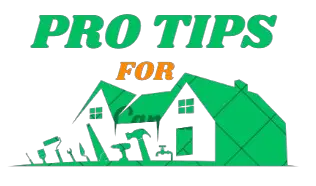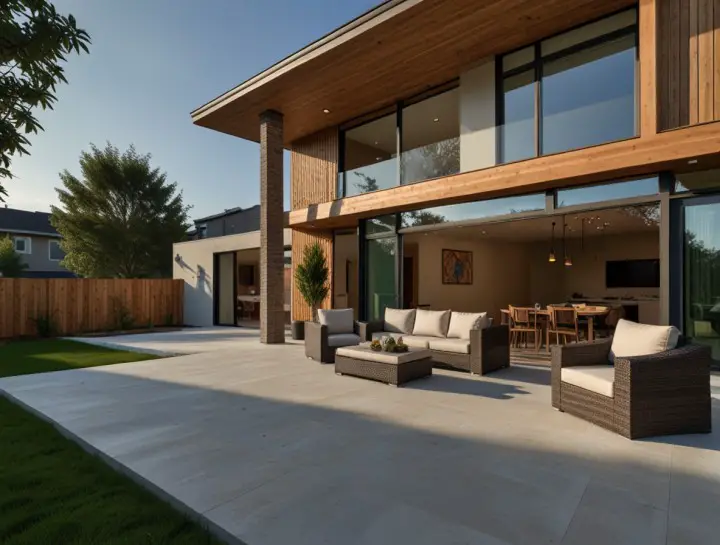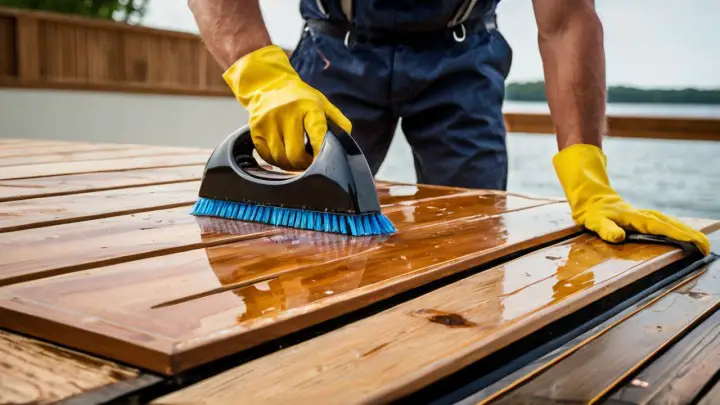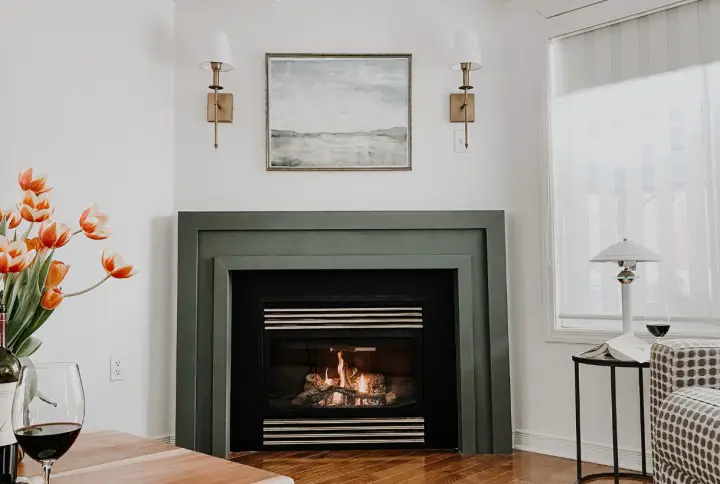Art and Science of Good Neighbor Fences | PRO Tips for Building
Overview
Nothing can be of equal importance concerning property ownership or community living as the fence separating one’s property from that of the neighbors. A good neighbor fence is not a mere physical structure separating two properties, but it has been constructed by the ideas of respect, communication, and cooperation.
This article will discuss the specifics of good neighbor fences, such as the history, considerations from the standpoint of the law, design features, and how good neighbor fences work to encourage good relations between people in the community.
Looking at History and The Purpose
Since the beginning of human civilization, fences have been employed for two distinct purposes: property delineation and protection and security. The good neighbor fence, however, goes beyond these practical aspects. It reflects a mutual understanding of and respect between adjacent property owners with regard to their rights and, at the same time, provides for a sense of privacy and security.
The good neighbor fence concept evolved over the years, with influences of cultural norms, legal framework, and general expectations of the society at different times. Traditional societies have a lot of agrarian settings, and in this, people put up fences mostly to keep livestock, demarcate land, and prevent destruction of crops by allowing their livestock to stray. As societies became more urbanized, fences also became symbols of personal space and individual property ownership.
Must Read=Why Home Depot hurricane shutters important? | PRO Tips
Must Read=A Deep Dive into the Jack Stud | PRO Tips
Legal Considerations and Regulations
The desire for a good neighbor fence is universal, yet the specifics, legality, and requirements in actual construction can be wholly different depending upon local jurisdiction. The majority of these have specific requirements rules and regulations in fencing height, material, and placement to ensure safety, aesthetics, and compatibility with surrounding properties.
These regulations should be considered in any project involving fences, because failing to comply usually amounts to hefty fines, legal battles, and bad neighborly relationships. Advice from the local ordinances or legal advisers and building authorities should be heeded so that the laws and codes are complied with.
Moreover, legal considerations go beyond the physical construction. Issues like property line disputes, shared maintenance responsibilities, and access rights, among others, should be advanced at earlier stages to avoid conflicts later on. Clear agreements should be established and there should be a written agreement with neighbors, making it easier for them to avoid misunderstanding and coexist.

Building a Neighborly Fence
Design Principle: Good Neighbor Fence This is a principle of design that requires a good balance between functionality, aesthetics, and considerations of the neighbors. Some of the considerations for the following design are as follows:
- Materials: Select the materials for strength, weather-tolerance, and compatibility with the environment in which they will be placed. Common selections are of wood, vinyl, metal, and composite materials, each with unique benefits for both the appearance and the ease of maintenance.
- Height: The local regulations regarding height should be considered and the need to ensure the level of privacy and security that would also foster a good relationship with the neighbors. In general, higher fences give increased privacy, but they need to be designed carefully in such a manner that they don’t make a person feel isolated or divided.
- Style: The design of the fence must be in line with the architectural aesthetics of the properties that it borders. Whether the design is taken from the style of the traditional picket fence, a more modern look with slats, or a decorative wrought iron structure, keep the design flowing and fitting within the neighborhood.
- Transparency: Use features with transparency lattice panels, spaced slats, or decorative cutouts, for instance where privacy requirements and local codes allow. They will permit the passage of air, sunlight, and people while still giving a sense of definition to space.
- Maintenance: This should involve picking materials and finishes that are easy to maintain and, therefore, remain in a good state with the least effort. Regular inspections, repairs, and cleaning can prolong the lifespan of the fence and contribute to its overall appeal.
- Landscaping Integration: The addition of shrubbery, vines, or flower beds to the fence line will serve to soften the look of the barrier, make it a bit more private, and add an aesthetic quality to your land.
Communication and Collaboration
A good neighbor fence is more than a physical build, it represents open communication and cooperation with all the surrounding property owners. Before starting any fence project, consider taking the following steps:
- Start a conversation: Engage with neighbors concerning your building or modifying intentions. Listen to their concerns, desires, and mishaps that may occur. Address these beforehand to help prevent misunderstandings and promote good neighborly relationships.
- Share Plans: Present to your neighbors the plan or drawing of the proposed fence, complete with materials, dimensions, and design. Ask for their feedback and be willing to make changes.
- Cost Sharing: When a fence serves two properties, discuss and come to an agreement on the cost sharing for all the works done, including those of construction, maintenance, or repair. This will avert future disagreements.
- Boundary Verification: Seek the services of a licensed surveyor to ensure appropriate guidance in the placement of property lines and boundaries. Do not encroach on neighbors’ property in order to avoid legal issues and strained relations.
- Written Agreements: You may want to consider a written agreement or an easement which would include the above mentioned responsibilities, schedule of maintenance, rights of access, and any other relevant provisions. As a general rule, whatever is committed into writing as an understanding shall prevent conflict and ensure clarity in future references.
Must Read=How To Build Headers for Door and Window Opening? 8 Pro Steps
Must Read=8 PRO Driveway Gate Ideas for Every Unique Style
How to Turn Strangers into Neighbors | The Role of Neighborly Fences
Not only do they provide practical support for good neighbor fences, but they also provide big support to community building and social cohesion. These good relations, open communication, and mutual respect foster a sense of belonging and collective well being in the neighborhood. The key benefits to this approach are:
- Privacy and Security: Good neighbor fences help create a feeling of privacy and security so that property owners can feel free to enjoy their outdoor space to the fullest.
- Property Value: Maintained fences, therefore, will help increase curb appeal and contribute to the beautification of a neighborhood, thus leading to higher property values and marketability.
- Boundaries and respect: well defined borders by means of fences promote respect for property rights while discouraging encroachments or disputes.
- Community Aesthetics: Fences are designed with aesthetics in mind to blend carefully with neighboring properties, creating a visually cohesive and pleasant environment in the community.
- Social interaction: In fencing off, fences also serve as a connection for the creation of social interactions and community engagement among neighbors.

Overcoming the Challenge and Resolving Conflicts
Good neighbor fences, no matter how well intentioned and designed, can sometimes result in conflict or problems. Common issues are usually about maintenance, boundary disputes, noise, and aesthetic preferences. These issues can be solved with patience, empathy, and good communication. Some strategies to resolve these conflicts are:
- Mediation: Use independent third parties, mediators, or community representatives who can moderate discussions among parties and help them reach mutually acceptable solutions.
- Legal Recourse: If an amicable settlement is not possible, legal advice should be sought regarding the rights and responsibilities accruing and the remedies available under the laws and regulations in force.
- Community Involvement: Establishing agreement with the community, associations, and neighborhood councils on the resolution of disputes and guidelines for working together in future collaborative activities related to the fencing problem.
- Conflict Prevention: To prevent any conflicts, potential sources of conflicts should be addressed proactively with clear communication, written agreements, regular maintenance, and respectful interaction with the neighbors.
Conclusion
In conclusion, a good neighbor fence should be more than just a wall, it should represent a bridge that links two properties with the understanding of individual rights and communal harmony. It recognizes the legal considerations, adopts design principles that are considerate, communicates, and proactively addresses the issues. It would give a chance to a property owner to build a fence not to just mark the territory but to bond people and communities together.







